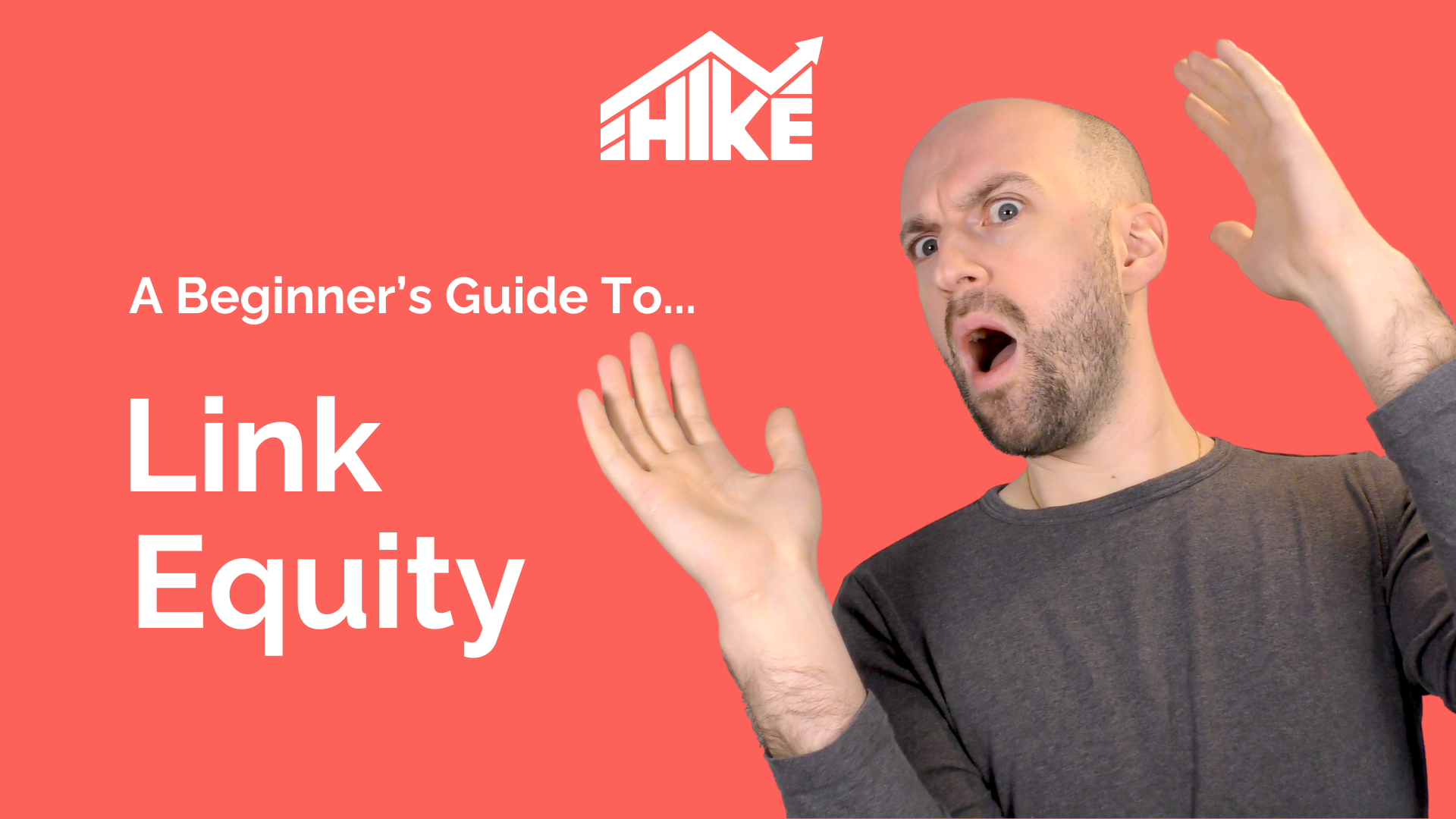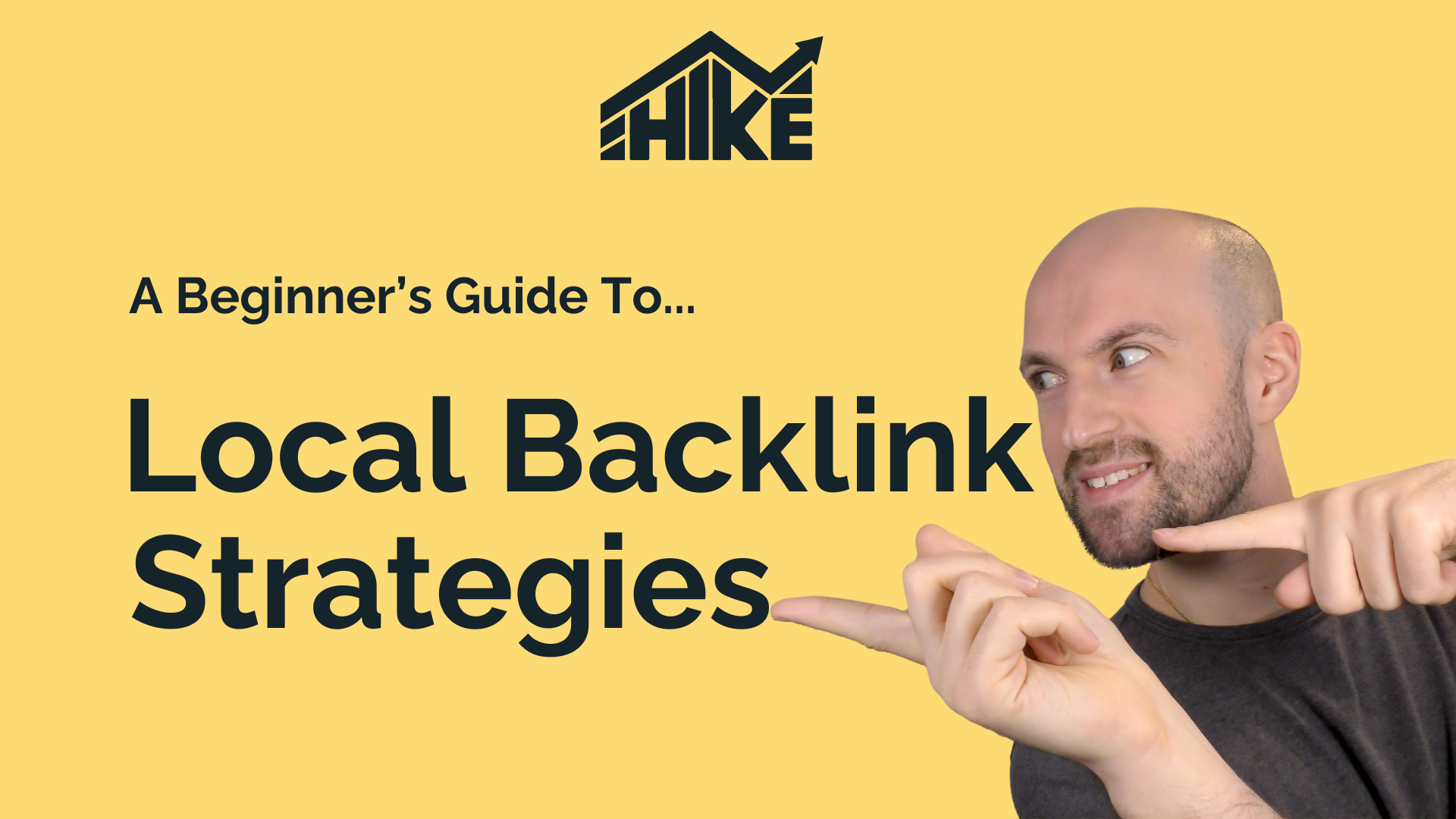Welcome to our video discussion about keyword density, its historical importance, and why it’s no longer the focal point of SEO. Let’s delve into this intriguing topic. You can watch the video or read the text summary below:
Understanding Keyword Density
So, what is keyword density? Keyword density is a metric used in the realm of SEO to gauge the frequency of a particular keyword or phrase within the content of a webpage. This metric is usually expressed as a percentage of the total word count. For instance, if a 1000-word piece contains a keyword that repeats 10 times, the keyword density would be 1%.
Example of Keyword Density
Consider the keyword “keyword mapping,” which appears 23 times in a 1300-word article. This results in a keyword density of 1.74% for that particular keyword phrase. We’ve highlighted where the keyword appears in the article for reference.
Historical Significance of Keyword Density
In the past, keyword density was a crucial factor for SEO. Early search engines used it as a signal to determine a webpage’s relevance to specific search queries. Higher keyword density implied higher relevance. However, this simplistic approach is no longer effective due to advancements in semantic search and more sophisticated algorithms.
The Evolution of SEO Algorithms
Search engine algorithms have come a long way. Today, they use semantic understanding, machine learning, and artificial intelligence to more accurately assess a webpage’s relevance. This renders traditional keyword density less relevant.
Calculating Keyword Density
In the past, calculating keyword density involved selecting a target keyword or phrase, counting its occurrences in the content, determining the total word count, and then applying the formula: (Frequency Count / Total Word Count) x 100 to express it as a percentage.
Understanding TF-IDF
TF-IDF stands for “Term Frequency-Inverse Document Frequency.” It’s a complex statistical metric used in information retrieval and text mining. It quantifies a term’s importance within a webpage relative to a collection of webpages.
Breaking Down TF-IDF
- TF (Term Frequency) measures how often a term appears on a webpage, similar to keyword density.
- IDF (Inverse Document Frequency) assesses the importance of a term across multiple webpages. Rare terms can be more informative. The formula is more complex but not essential to our discussion.
Keyword Density Best Practices
In the current SEO landscape, there’s no ideal keyword density to target. Instead, focus on the following:
- Stay true to the topic and provide in-depth coverage.
- Use keyword variations naturally and when appropriate.
- Concentrate on the quality and comprehensiveness of your content. Longer articles tend to perform better.
- Include keywords strategically in titles, meta descriptions, headings, and content.
Beware of Keyword Stuffing
Keyword stuffing is a harmful practice where keywords are unnaturally and excessively inserted into content. It was once common but should be avoided as it can negatively impact SEO.
The Role of Keyword Variations
Using variations of keywords should occur organically while writing original content. This adds depth and richness to your content.
Hike SEO and Keyword Density
Hike SEO doesn’t directly measure keyword density but offers tools like the Content Wizard, which allows you to input keywords for the AI to generate content. You can then edit and enhance the content, making it more relevant to your specific needs.
Conclusion
Keyword density has evolved significantly over the years. While it played a pivotal role in the past, today’s SEO relies on a broader understanding of content relevance. Concentrate on quality, depth, and relevance to the topic, and you’ll be on the right track for SEO success.
Thank you for watching. If you have any questions about keyword density or SEO, please feel free to reach out. And if you haven’t tried Hike SEO yet, sign up today to explore its many features tailored to beginners, small business owners, and agencies serving small businesses. Get started with an all-in-one suite for your SEO needs.



